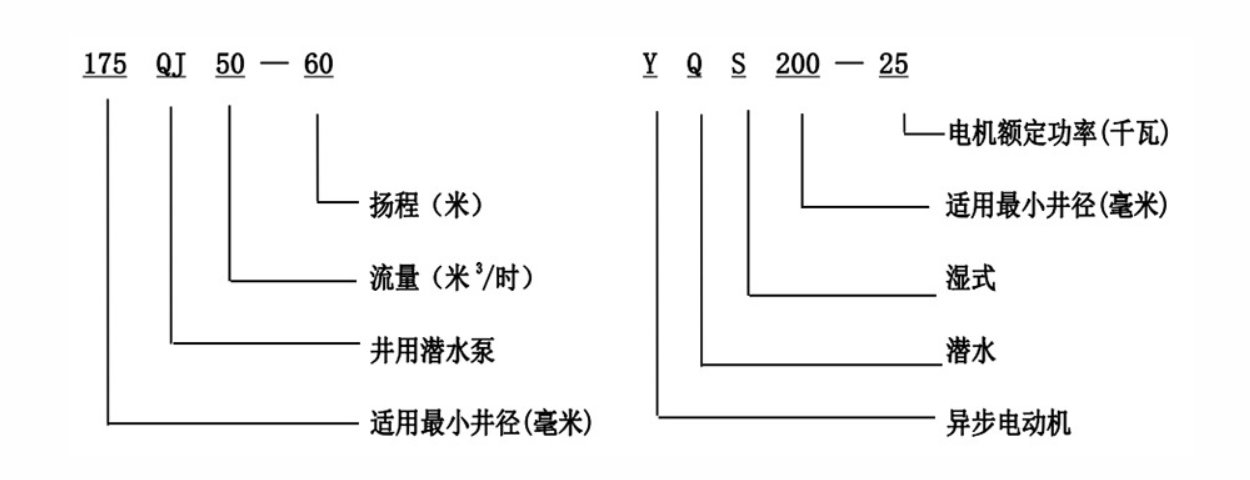Nov . 22, 2024 20:05 Back to list
how to wire a pressure switch for a submersible pump
How to Wire a Pressure Switch for a Submersible Pump
Wiring a pressure switch for a submersible pump can be an essential task for homeowners, contractors, and DIY enthusiasts alike. A pressure switch is vital for controlling the operation of the submersible pump by turning it on or off based on the water pressure in a system. Proper wiring ensures that the pump operates efficiently and reduces the risk of overworking or damaging the equipment. This article will guide you through the essential steps and considerations for wiring a pressure switch for a submersible pump.
Understanding the Components
Before diving into the wiring process, it’s crucial to understand the components involved
1. Submersible Pump This type of pump is designed to be submerged in water and typically used for wells or ponds. 2. Pressure Switch This device monitors the water pressure in the system. When the pressure falls below the designated set point, the switch activates the pump. Conversely, when the pressure reaches a higher limit, the switch turns off the pump. 3. Electrical Supply The source of power that the pump and switch will use, usually from a household electrical system.
Safety Considerations
Safety is paramount when working with electrical systems, especially near water. Always take the following precautions
- Turn Off Power Before beginning, ensure that all power is turned off at the circuit breaker to prevent accidental shocks. - Use Proper Tools Use insulated tools and equipment designed for electrical work. - Follow Local Codes Adhere to local building and electrical codes to ensure compliance and safety.
Wiring the Pressure Switch
1. Identify the Terminals Most pressure switches have three terminals labeled as follows - Power Input (Line) Terminal This is for the power supply. - Load (Pump) Terminal This terminal connects to the pump. - Common Terminal This is usually connected to the ground or neutral.
2. Connect the Electrical Supply - Start by connecting the power supply to the power input terminal. Use a wire of appropriate gauge to handle the electrical load of the pump. If necessary, consult the pump's manual for wiring specifications.
how to wire a pressure switch for a submersible pump

3. Wiring the Pump - Connect the load terminal of the pressure switch to one of the terminals on the submersible pump. Ensure that the connection is tight and secure to prevent any electrical sparks.
4. Grounding - If the pressure switch has a ground terminal, connect it to the grounding wire or metal casing of the pump to ensure safety.
5. Pressure Settings - Adjust the pressure settings on the switch according to your requirements. Most switches have a spring-loaded adjustment that can be turned to set the on and off pressure levels. Consult the switch's manual for specific instructions on how to make these adjustments.
Testing the System
Once all connections are made
1. Restore Power Turn the power back on and observe the pressure switch operation. 2. Check for Leaks Inspect all connections for any leaks or signs of electrical issues. 3. Test the Pump Manually trigger the pressure switch by mimicking a drop in water pressure. Ensure that the pump turns on and off at the correct settings. Adjust as necessary.
Maintenance Tips
- Regularly inspect the pressure switch and pump to ensure they are functioning correctly. - Clean any debris or buildup that may interfere with the pressure readings. - Test the system periodically to confirm the switch activates the pump effectively.
Conclusion
Wiring a pressure switch for a submersible pump is a straightforward process if you follow the proper guidelines and safety measures. By ensuring correct connections and settings, you can effectively manage water pressure in your system, leading to efficient operation of your pump. Whether for personal or professional use, understanding how to wire these components will empower you to maintain a reliable water supply. Always remember, when in doubt, consulting a professional electrician is the best course of action to ensure safety and reliability.
-
Submersible Water Pump: The Efficient 'Power Pioneer' of the Underwater World
NewsJul.01,2025
-
Submersible Pond Pump: The Hidden Guardian of Water Landscape Ecology
NewsJul.01,2025
-
Stainless Well Pump: A Reliable and Durable Pumping Main Force
NewsJul.01,2025
-
Stainless Steel Submersible Pump: An Efficient and Versatile Tool for Underwater Operations
NewsJul.01,2025
-
Deep Well Submersible Pump: An Efficient 'Sucker' of Groundwater Sources
NewsJul.01,2025
-
Deep Water Well Pump: An Efficient 'Sucker' of Groundwater Sources
NewsJul.01,2025
-
 Submersible Water Pump: The Efficient 'Power Pioneer' of the Underwater WorldIn the field of hydraulic equipment, the Submersible Water Pump has become the core equipment for underwater operations and water resource transportation due to its unique design and excellent performance.Detail
Submersible Water Pump: The Efficient 'Power Pioneer' of the Underwater WorldIn the field of hydraulic equipment, the Submersible Water Pump has become the core equipment for underwater operations and water resource transportation due to its unique design and excellent performance.Detail -
 Submersible Pond Pump: The Hidden Guardian of Water Landscape EcologyIn courtyard landscapes, ecological ponds, and even small-scale water conservancy projects, there is a silent yet indispensable equipment - the Submersible Pond Pump.Detail
Submersible Pond Pump: The Hidden Guardian of Water Landscape EcologyIn courtyard landscapes, ecological ponds, and even small-scale water conservancy projects, there is a silent yet indispensable equipment - the Submersible Pond Pump.Detail -
 Stainless Well Pump: A Reliable and Durable Pumping Main ForceIn the field of water resource transportation, Stainless Well Pump has become the core equipment for various pumping scenarios with its excellent performance and reliable quality.Detail
Stainless Well Pump: A Reliable and Durable Pumping Main ForceIn the field of water resource transportation, Stainless Well Pump has become the core equipment for various pumping scenarios with its excellent performance and reliable quality.Detail
